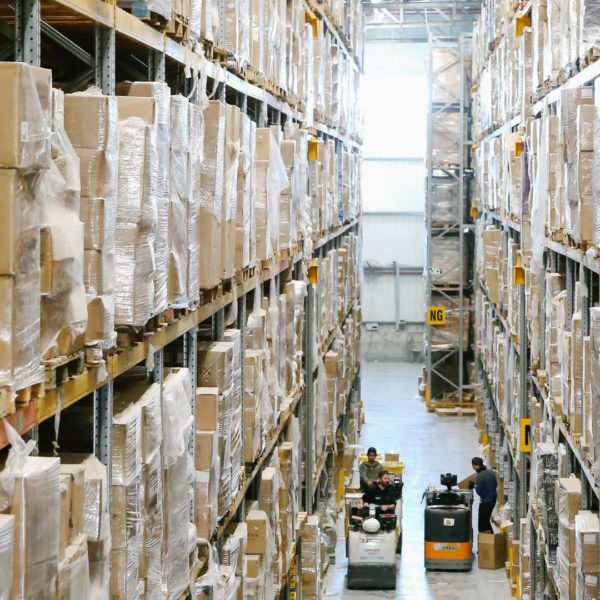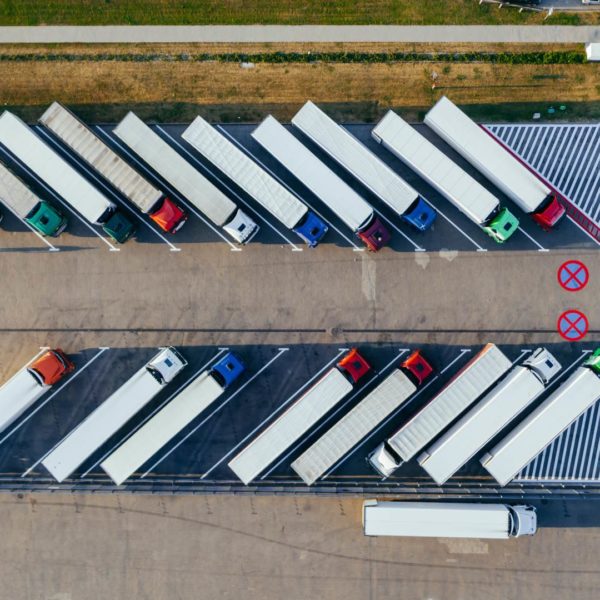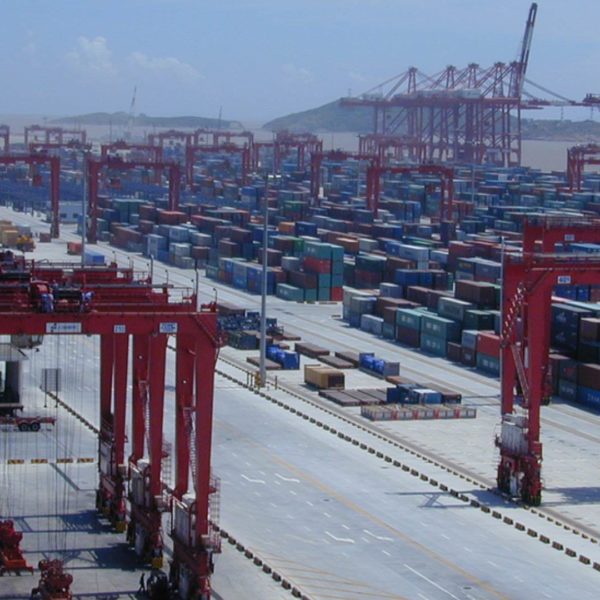Many within the supply chain industry have heard reports of massively congested ports, with long queues of ships waiting to unload their cargo. This clog in the global supply chain network is pushing delays downstream to many other facets the industry including delays and stock shortages at retail centers.
Let’s take a look at why ports have become so congested, how long will it last and what might be done in the future to prevent similar congestions in the future.
Covid-19 shipping delays
Much of the current port congestion stems from last year in the midst of the covid-19 pandemic, during this time many factories were shutdown, globally, but many factories in China shutdown a month or two earlier than others causing a drop in freight needing to move from factories. Largely due to this, international freight carriers including airlines and steamship lines reduced sailings as so many of their customers simply didn’t have freight ready to move.
Around this same time, there was also a major initial demand from consumers for cleaning and paper products, and even masks, much of this freight was moved domestically, but some was also carried via plane and ships. However after this initial peak of freak, volumes dipped significantly. As volumes dropped, many economists, transportation and supply chain planners had a relatively bleak outlook on the remainder of 2020. Factories, ports and transportation firms were dealing with covid-19 outbreaks and shutdowns on top of the general low outlook on freight volumes which meant that available shipping capacity with many niches of the greater supply chain industry was reduced.
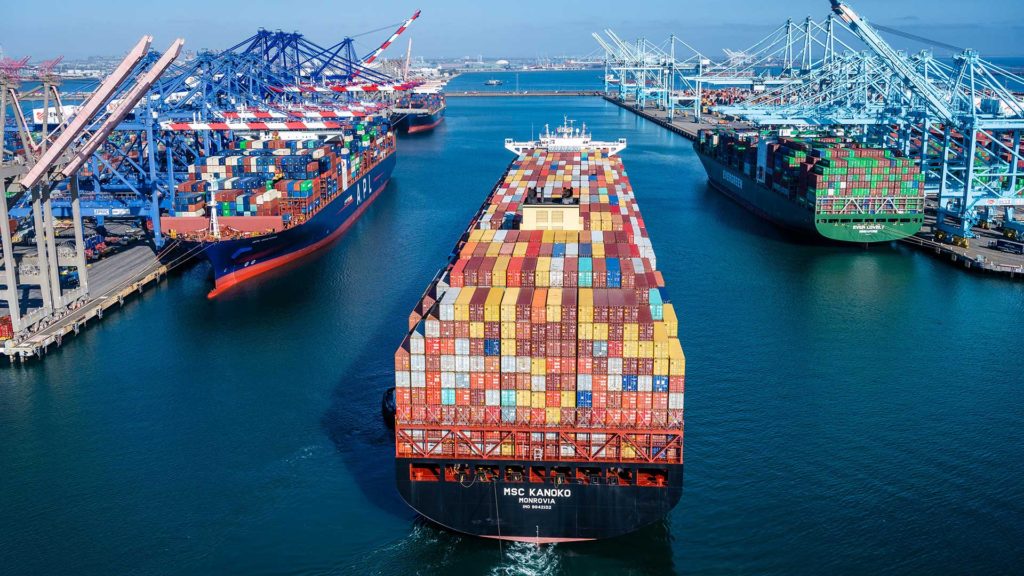
Unexpected Consumer Demand
Thankfully, consumer demand came back strong as 2021 moved on, which meant that retailers, which were already at low inventory levels were faced with the prospect of massive sales volumes without the ability to immediately replenish inventory, since many factories in China were still shutdown.
The mismatch between retailer demand and capacity created an early wave of product shortages which continued for some time.
Shipping companies scrambled to service customers and as factories started back production in China, many ships departed at a similar time, creating a large wave of loaded vessels hitting Pacific ports at once, resulting in the backlog of ships waiting to unload cargo.
Many steamship lines and railroads also faced a shortage of containers, since so many were needed on certains routes at once. In the case of the railroads’ intermodal services, many railroad had put equipment into storage which was then needed. Manufactuers of containers and trucks expected very weak sales in 2020 and were also caught off guard by the rapid increase in demand. An adverse effect of the container shortage has been the lack of empty containers available to American exporters many of which utiltize empty marine containers to export ad products and other materails. The demand for containers is so high that shipping companies have in many cases halted letting the empty backhaul containers be loaded with exports as the time needed to load then upload the return containers is not worth it when demand is so high. This has pushed transportation prices for exporters and importers to sky high levels which has had an adverse effect on many firms bottom lines.
In short no one expected the renewed consumer demand and transportation assets were not positioned correctly to handle it, as ships were loaded with cargo, many hit US ports at nearly the same time resulting in ships having to wait up to weeks to unload the freight. Ocean carriers typically operate their vessels on a more continual schedule that is coordinated with port facilities to avoid delays and keep their networks fluid and prevent ships from waiting and container shortages.
How long will it last?
This is tough to say, most likely through Q3 of 2021, with some maritime shipping providers keep rates elevated for 2022 bids. Shippers should fully expect rates to remain elevated in 2022 and transportation capacity across most modes to remain highly in demand for the remained of 2022. Retailers seeking to boost inventory levels combined with continued consumer demand could tie freight markets over until the fall peak season which which would likely make for a record breaking year in freight costs and volume.
Suez Canal block
The recent blocking of the Suez Canal helped to further port congestion as the normal flow of container ships was again disrupted, in effect bunching hundreds of ships up at a since place, meaning that just like with the initial wave of disruption another wave of cargo ships will be hitting ports at nearly the same time. European and East coast US ports will feel the brunt of this second wave of bunching.
Check out our article covering the Suez Canal blockage.
Over time, the supply and demand balance of the global shipping industry will even back out, but it will likely be a year or so. Building capacity, keeping ships on schedule and port facilities liquid is joint goal the industry, as everyone benefits from less congestion.
Shippers will have to adapt to the new normal of rates and shipping delays, with some choosing to use vastly more expensive airfreight capacity, but the majority keeping their freight with ocean carriers.
Continued Investment in Containers and Port Facilities

Numerous ports have announced capacity expansion plans and federal funding will also aide the modernization and expansion of port capacity. The continual expansion, modernization and investment in port and port facilities keeps ports competitive and increases their efficencing in loading and unloading cargo, as well as being more capable of handling the ever larger and larger container ships.
The investment in inland ports has also helped decrease congestion and marine ports with rail infrastructure can directly load intermodal trains with containers and bypass the need for trucks which in effect increases overall port capacity. Look for a continued increase in port rail facility investment as freight volume, and regulatory forces push for the increased reliance on rail’s overland long haul efficiency.
Container ships are also being ordered in record numbers with around $10Billion in new orders being in progress and many container manufactueres running at full capacity to ease the container shortage as well.
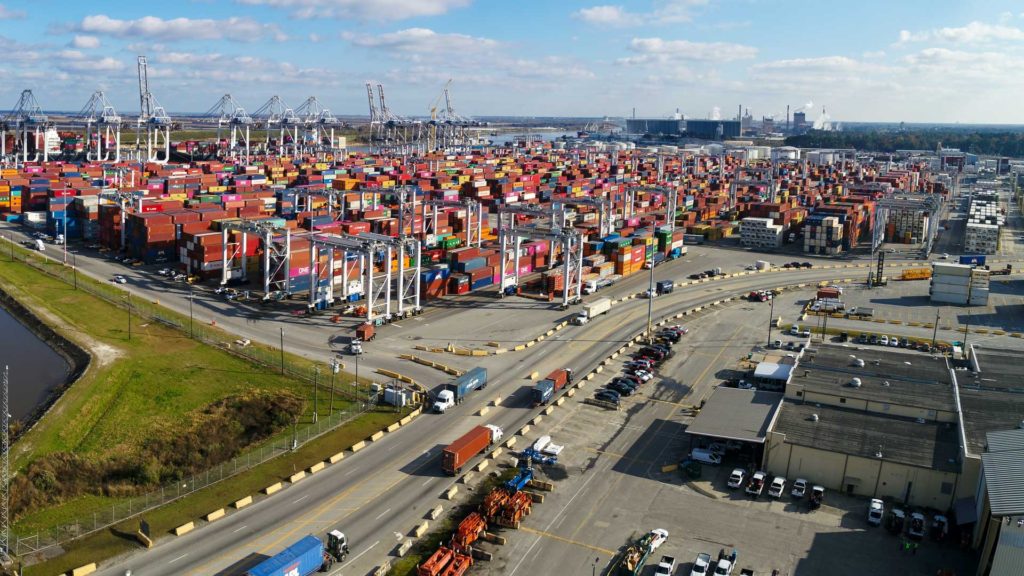
Thinking Forward
Over the next several years, maritime shipping rates will likely trend upwards and steamship lines are faced with the new set of emissions standards which went into effect last year. Substantial investments will need to be made to retrofit scrubbing equipment or switch fuel types. Look for more containers to move inland in the United States via rail in marine containers or be transloaded into the larger domestic 53 foot containers and then moved via domestic long haul intermodal shipping to inland points. Intermodal provides additional capacity and rate reductions compared with over the road trucking. In addition as regulations tighten on fuel efficiency and emissions, intermodal will become even more popular due to its inherent efficiencies and 75% reduction in emission compared with over the road trucks.
Drayage firms, which provide short haul trucking services in intermodal and maritime ports are also investing in new chassis and power units, with the potential for electric vehicles to become a niche but commercially feasible option for firms in the coming years.
The focus on supply chain diversity, continued investment, and tech developments will foster supply chains being more resilient and efficient than ever in coming years, however in the short term, shippers will be paying higher freight rates than they have in years as market disruptions continue to be present.
Zmodal is a top intermodal shipping company providing door-to-door intermodal, and full truckload services nationwide throughout our digital supply chain dashboard which provides easy route searching, booking, document management, and analytics. CONTACT US if you want to lower your supply chain costs or want access to North American intermodal capacity.
For Further Reading:

